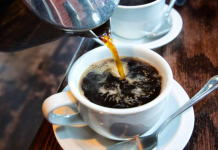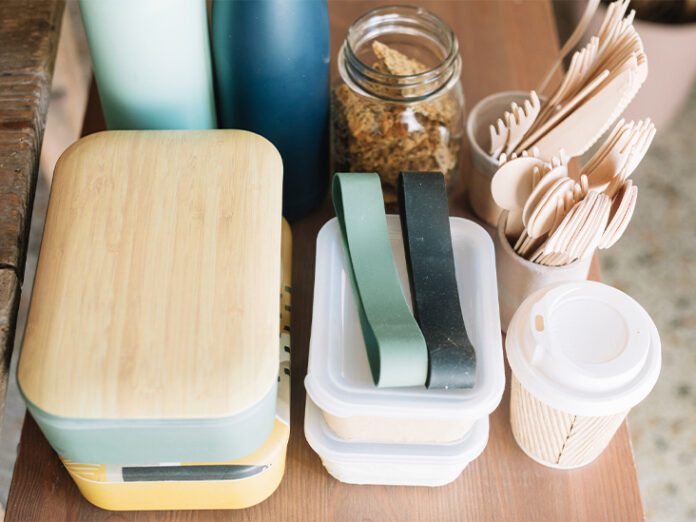Like other industries, the packing sector has seen tremendous changes over the years. A significant global change is “going green,” which has shifted how we think and pack food products. Also, government regulations to reduce the carbon footprint has brought about numerous changes. Most companies are now using modern and trending environmentally friendly packing solutions.
Here are the trending food packing solutions
1. Eatable packaging
Customers want product packing to be sustainable, but that doesn’t mean packaging should be boring. Recently, companies have been developing product packaging that people can eat along with its content. Customers have the option to either discard it or eat it once they finish using the product. Depending on your product, you can customize a design and contact professionals such as TopPop Packagingto bring the concept to life.
2. Starch-based biomaterial
Over the past few years, cornstarch-based packaging has seen remarkable popularity. It has few similarities with plastic, but it derives from corn, making it more eco-friendly. Starch-based biomaterial packaging is flexible; manufacturers can use it to make bottles or loose-fill packaging materials.
3. Other plants based biomaterials
Polylactic acid is a known biodegradable plastic that is made from lactic acid. Recently, companies have been using it instead of traditional petroleum-based plastics that are not degradable. Many companies, such as Pepsi and coco cola, are now using plant-based bottles. Unlike petroleum-based plastic, plant-based bottles are recyclable and degrade within a short period.
4. Biodegradable packing peanuts
Recently, companies have turned to biodegradable packing peanuts. It comes from a substance such as starch and wheat and is the perfect alternative for foam products. It’s cheaper and lightweight and doesn’t harm marine life.
5. Corrugated bubble wrap
Though it is fun to pop, traditional bubble wrap is not environmentally friendly as it is a non-biodegradable plastic. However, many companies have found corrugated bubble wrap as the best alternative. It’s a type of protective packing for fragile and delicate goods, and it’s environmentally flexible as it is biodegradable.
6. Mushroom-based packaging
Mushroom-based packaging is an adventurous and creative trend that you will come across in many vegan restaurants. It’s a practical going green and commercial packaging application. It is environmentally friendly as it is highly biodegradable.
7. Recycled cardboard and paper
Recycle cardboard and paper do not have much popularity as new biomaterials. However, it’s a trending food packaging solution with plenty to offer. If it’s sourced sustainably or from recycled materials, they become excellent choices as they are biodegradable and have a minimum negative impact on the environment.
8. Organic fabrics
Organic fabrics such as hemp, flax, recycled cotton, and pineapples have replaced plastic bags and containers. The materials are eco-friendly as they biodegrade within a short period of 100 days as opposed to 500 to 1000 years for plastics.
9. Post-consumer recycled plastics
Post-consumer recycled plastics are not biodegradable. However, recycling them removes the need to produce more new plastics, which causes carbon emissions and greenhouse gases. Therefore, post-consumer plastic is an effective going-green trend in food packaging.
Conclusion
As food production increases, the number of packaging has increased proportionately. Though the packages are great for our convenience, some are not great for the environment. Fortunately, the above green packing trends are friendly to the environment.

































